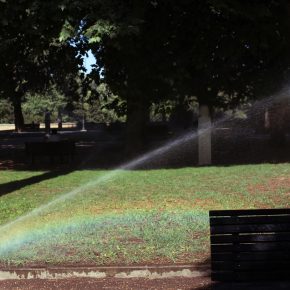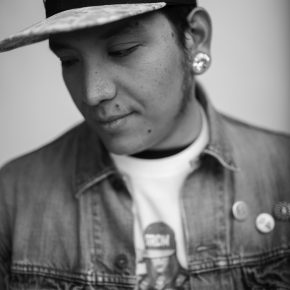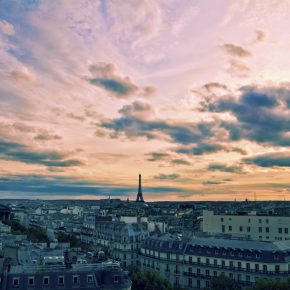Andrew Joseph is a photographer from El Paso. Shortly after graduating high school he moved to Austin, TX and later Los Angeles, CA. Never losing sight of his hometown, he returned a few years later with the goal of unifying El Paso’s creative minds through a website and blog named On Our Way To Stardom. He has also recently opened an art and photo studio in downtown El Paso named ANML HAUS. Fusion caught up with Andrew to talk about his endeavors that have driven and inspired his creativity.
While living in Austin TX you worked as an assistant with a few professional photographers, at the same time you were attending music school, what did that experience inspire you to do?
Definitively that was the best learning and growing period of my life. It was like truncating a lot of what I had wanted to do and where I wanted to go into different sections of my day. I would go into a photo studio for hours to set up a shoot in the morning, go into a recording studio in the afternoons and DJ at night. On down-time I’d be producing tracks, working with underground artists, making scores for student films or working a part-time job.
I was eager for the next thing on my to-do list and not stressed by it. It was that type of fluidity and harmony in the chaos that ultimately inspired my need for multitasking and multimedia. I realized the future was drawing more and more creative fields together, which I was grateful for because it’s hard for me to be entirely complacent with one thing I do; it’s an ongoing struggle. But my time in Austin helped me realize a lot of what I wanted to do, no matter how superficially distant, were closely related.
So, you found a way to intertwine your experience as a photographer with musicians you were meeting and collaborating with?
Well, producing tracks at home and amateur beat-making wasn’t as evolved as it is now. Technology has really made it more feasible for everyone. Eleven years ago, I was lucky enough to have an MBOX and a good computer in my apartment, but I also had the hardware needed to cut a decent hip-hop demo, or score a small indie film. When I’d meet artists and they’d find out I was actually a photographer, and also knew how to code MySpace pages, DJ’ed regularly and had other skill sets, people were more enticed to work with me.
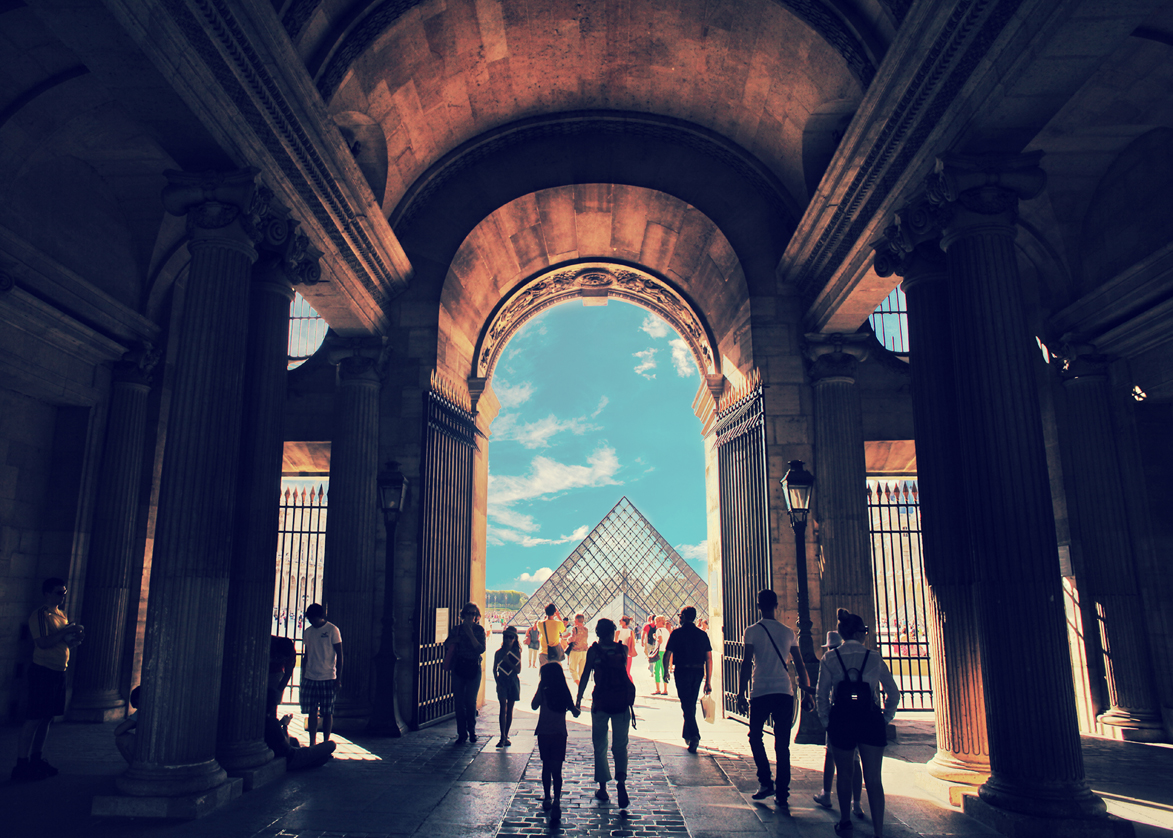
When you returned to El Paso, how did you get plugged into the art and music culture?
One of the things I’m most proud of in my relationship to El Paso’s art and music scene, is that it happened organically. I didn’t come from LA with a chip on my shoulder and expect to come back like I was now a key player. I didn’t step on anyone’s toes or ask for any favors. I didn’t shove my work down people’s throat or expect them to feel a certain way about me. The first time I came back to El Paso [from Austin] in 07, I got to experience different people creating a scene and I built up a lot of respect for their efforts. Just because I decided to move to LA for a little bit, didn’t mean i was earning street cred or solidifying my place here. So when I came back, I did so with no expectations. I didn’t ask for anything and did what made me happy. If that meant going to the Sunset Heights Block Party and taking pictures, or going to a bar and recording some video, or helping a friend make some music; I did it for myself. Eventually people started opening up to me, and opportunities came with them. I didn’t force myself into scene, it just kinda happened.
Tell me a little about STRDM?
I think it’s a lot simpler to understand now, for me and for outsiders. I think it might have been a combination of my ADD and multi-platform life, but it started as a mission to promote, produce, present and curate ideas through a street wear company facade. It was a mission and not a brand, that’s why I named it On Our Way To Stardom. A couple years later, I truncated the name to STRDM (pronounced stardom) and tried evolving it into a media heavy conglomerate.

Now, seven years after the original launch, armed with brevity, succinct ideas, and other benefits of maturity, it’s simply the brand name for the “take home” element of everything I do. It’s the physical goods aspect and the simplest way to engage people: apparel, music, maybe some type of media component in the future. Even though I might not seek out the most exclusive sneakers, or spend obscene amounts of money on rare Japanese t-shirts anymore, I’m still a by product of that subculture. And maintaining a street wear facade, no matter how small, is fun for me.
You traveled to Europe and spent a few months there in 2012. How did that experience change your perception of STRDM and everything you had done in the past?
Europe, especially in the art-history-intensive-way I spent most of my time there, is an extremely humbling experience. I’ve never really considered myself an artist, but I recognize that I work in a creative realm. But even that is hard to justify when you’re staring a Bernini sculpture in the face! Standing inches away from Caravaggio and Titian pieces, or walking the halls of Villa Borghese, or the Vatican, or the Louvre, isn’t something you can just grasp in five minutes. It’s a thought-provoking, self-actualization crash course. If my goal in life, and in everything I had done or planned to do, was to make a lasting impact on people or give some type of inspiration, how am I not supposed to feel some indifference on my pursuits while sitting in the Pantheon?
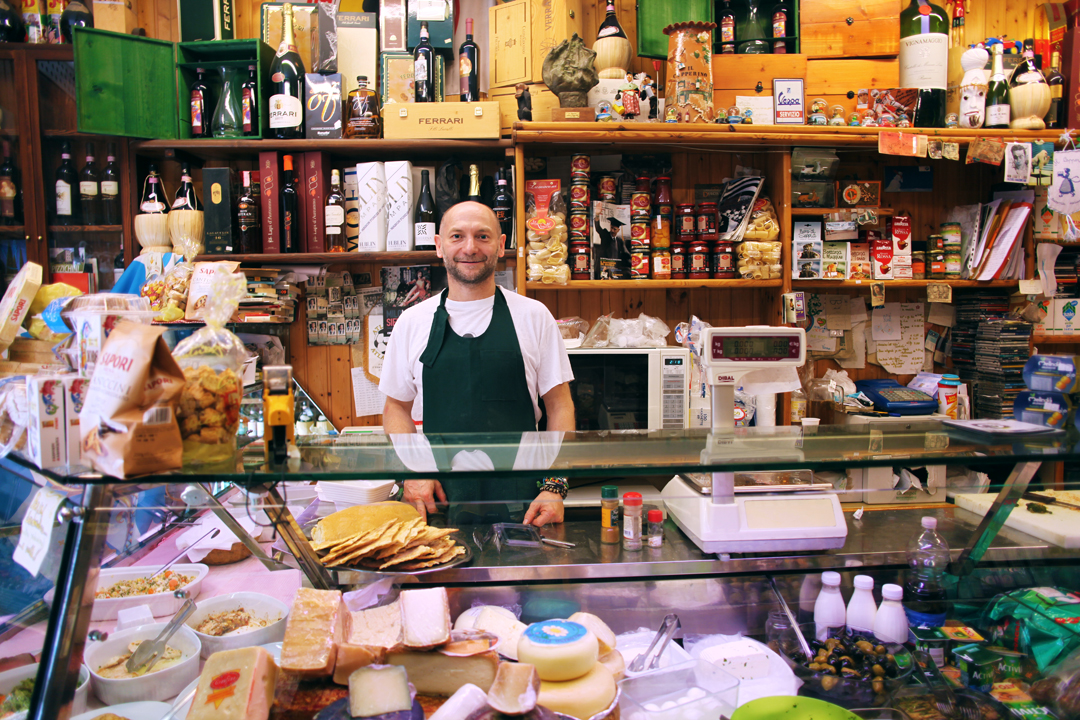
You return to El Paso refreshed, refined and inspired, what happened next?
I came back to the states motivated and thrilled about cell phone reception, and the use of English. My laptop died on me when I was in Rome so I went six weeks without the ability to blog, edit pictures, or coordinate my thoughts. I had grown more determined and fonder of my relationships and the possibilities back home. I started shooting more, I started putting myself out there a little bit more aggressively than I had in the past, I held an art show, I started accepting help and seeking working relationships with others which was something I hadn’t done before. I kind of felt like I was making up for lost ground and evolving into a clearer idea of where I wanted to go. Eventually some of my momentum subsided and I started walking towards the goal instead of sprinting, but I was headed a new path nonetheless.
Tell me about ANML HAUS.
Well it’s the latest manifestation of opportunity, need and growth. Luckily it kind of happened organically too.
When I re-branded STRDM,I was approached by several people to do things for them: take pictures, design stuff, make videos, print things and people were asking for STRDM’s help. And even though it was flattering, it wasn’t STRDM’s function. It’s simply a brand now, not a for-hire entity.
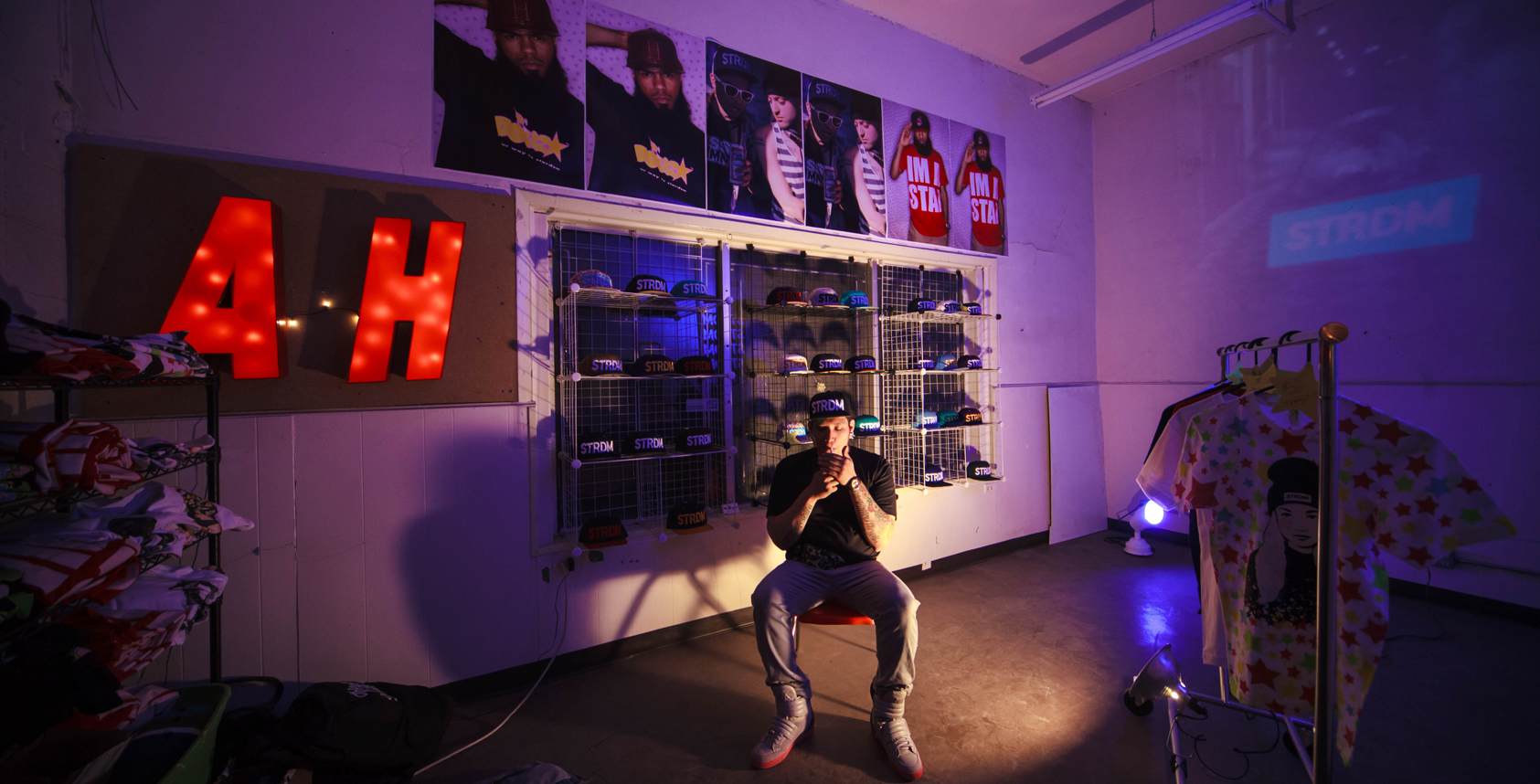
I hadn’t really come across this problem before, and maybe it was because I sought out help and brought people onto the team after coming back from Europe. Plus, I was now a member of the Maintain Coalition and working with them more often. So now from the outsiders perspective, there’s a group of creatives all freelancing on their own and when people asked STRDM to help them, they were turned down? It didn’t make sense. So I decided the free standing, for hire, creative entity was a logical step and it’s been there all along, but now it can serve it’s own mission. I’m hoping that it can bridge the gap in commercial art for the area.
For too long, El Paso has birthed creative professionals who have to move their talents elsewhere in hopes of finding work. That creative “brain drain” has lead to limited growth, delayed trends and lackluster attempts at progress. Not to mention, little appreciation for visual arts. Those oversights have harbored an inadequacy in the commercial realm too, and a disregard for creative professionals. But hopefully by banding together with the rest of my highly capable creative freelancer friends, we can propagate change, add a little character to the status quo and create a new standard in presentation.
PHOTOS: ANDREW JOSEPH


